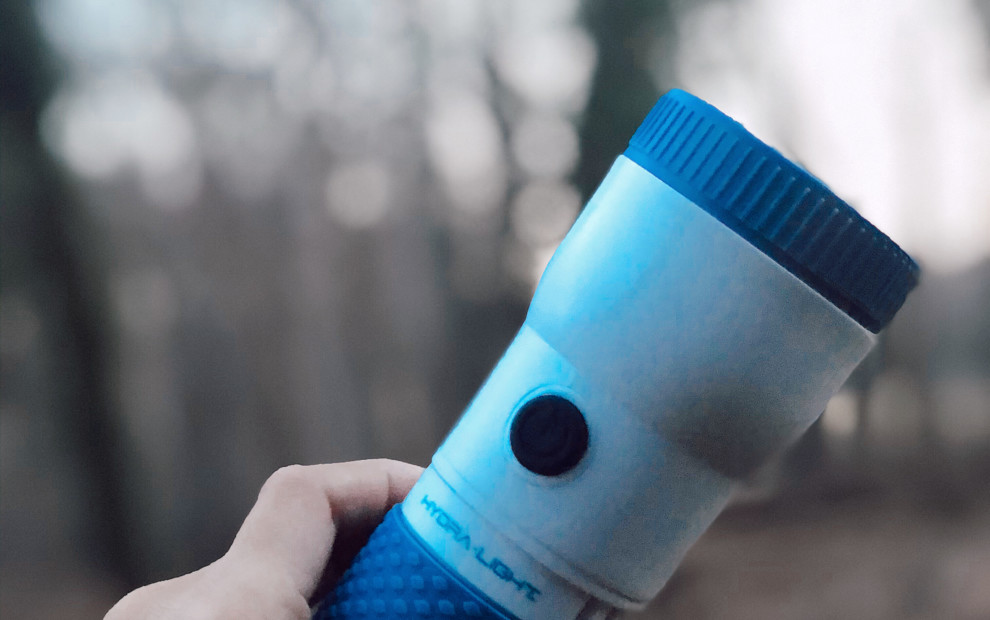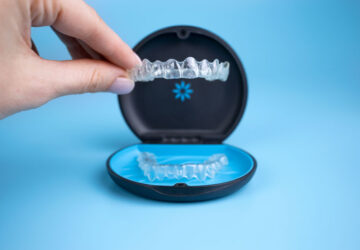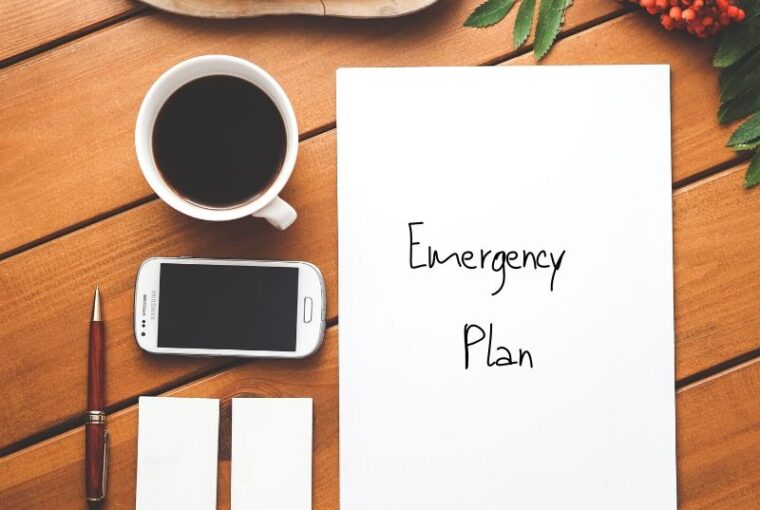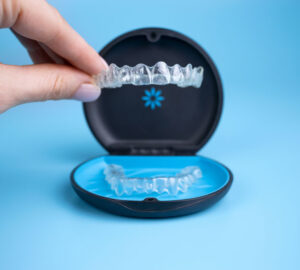*This post contains affiliate links. All opinions are true and honest.
I’ve been a Jersey girl all of my life. I’ve experienced it’s blissful summers down the shore and its frigid winters. Mother nature was kind enough to bless us New Jersey folk with a 70-degree day just a few weeks ago but she’s also been less kind in the past.
Remember Hurricane Sandy? I remember having no power for eleven days. Floodwaters rushed through our beautiful Jersey coast and gas lines were as long as the eye could see. This week’s news and social media were flooded with images of earthquake damage in Puerto Rico, a volcano eruption in the Philippines, and bush fires in Australia. It all made me think, “What would I do in these situations? Am I prepared? What would I take with me if I needed to evacuate?”

Natural Disasters: Are You Prepared?
One can never be too prepared and if you don’t have a safety plan along with key survival items. you may want to work on that. You just never know and it’s better to be safe than to be sorry. Here are some things to consider.
Food and Water
We all know these are the basic essentials. You can’t survive without food but more importantly, you can’t survive without water. I’m all about eating fresh foods and avoiding preservatives but keeping an emergency supply of canned items, instant soups, beans, granola bars, oatmeal, and any non-perishable foods is always a good idea. This also applies to water. The CDC suggests that you store a three month supply of one gallon of water per person, per day.

But what if you live on an island? For instance, in Puerto Rico, during Hurricane Maria, many people went without water for weeks and even months. Well, there’s a nifty gadget called LifeStraw and you can order it on Amazon. It filters up to 1000 liters of contaminated water without iodine, chlorine, or other chemicals. And it doesn’t require batteries and removes 99.9999% of waterborne bacteria, and 99.9% of waterborne protozoan parasites.

Hey! Who turned out the lights?
Remember I mentioned I was eleven days without electricity during Hurricane Sandy? Those felt like the longest eleven days of my life. We really don’t realize how much we depend on electricity until it goes out. Have an electric stove? No cooking tonight. Didn’t get that load in the wash before the power went out? Better start washing by hand. Is your cell phone dead? Oh, the horror!

When night falls things really get interesting. Flashlights, lanterns, and batteries are a must. You can never have too many batteries but now there are flashlights that use alternative sources of power such as solar power and even water power. If you don’t have the means to invest in those items and find that you’ve used up all of the life in your batteries, candles are a great alternative. Be careful where you place them though. You’ll want to keep matches and lighters handy as well.

Stay in Power
A portable power bank is good to keep handy for your small gadgets during emergencies. Want to be extra prepared? Generators are a great investment and come small enough to power small electronics or large enough to power an entire house. Some are solar powered while others run on gas or even propane. If you have a gas generator, be sure to store an emergency gas supply. Gas cans that are stored properly can last up to 6 months. If you don’t use it within 6 months, just use it in your car and then store a fresh supply.
Cash is king!
We all love our debit and credit cards. I for one rarely carry cash on me. During an emergency, cash is king. No electricity means ATM machines won’t work and debit/credit card readers at the stores won’t either. Always keep enough cash on hand to fill your car’s tank and purchase essentials. Tip: Keep cash, important documents, and IDs or passports in a portable safe. If you have to sleep outdoors or things get rough, you’ll be better protected.
Copies of important documents and identification.
I sometimes imagine myself in a scenario where I cannot find my wallet (this happens on a daily basis), and I need to run out the door. That’s why I keep photocopies of all important paperwork, identification, health insurance cards in a safe place. Packing a recent photograph of family members doesn’t hurt either. It could come in handy if you’re separated from them during the chaos of an evacuation. Tip: If you’re traveling (or not) and have someone you can trust like a parent or relative, take photos of your passport, birth certificate, or ID. This will help in case you lose them.
A handy dandy, backpack.
Okay, so you have your granola bars, your LifeStraw, a million batteries, a lighter, flashlight, copies of your ID, and cash… now what? You’ll need to put all of these items in a backpack or duffel bag. Place that bag somewhere you can access it quickly. Your place of exit is a good spot or in the trunk of your car. Tip: Have a safety plan. Discuss it with your family so that everyone knows what to do in case of an emergency.
Is that really all I need?
No! Different situations call for different items. Here’s a checklist to help with emergency planning.
- First Aid Kit
- Change of clothing
- Blankets
- Towels
- Batteries
- Candles
- Flashlights
- Water
- Food
- Power Banks
- Flares
- Life Jackets
- A plush animal (if you have small children, this can help soothe them)
- Cash, IDs
The list of items you can include in your emergency kit (or stash) is endless. There is no such thing as being too prepared. Ever watch Doomsday Preppers on Netflix? Now that’s prepared!








